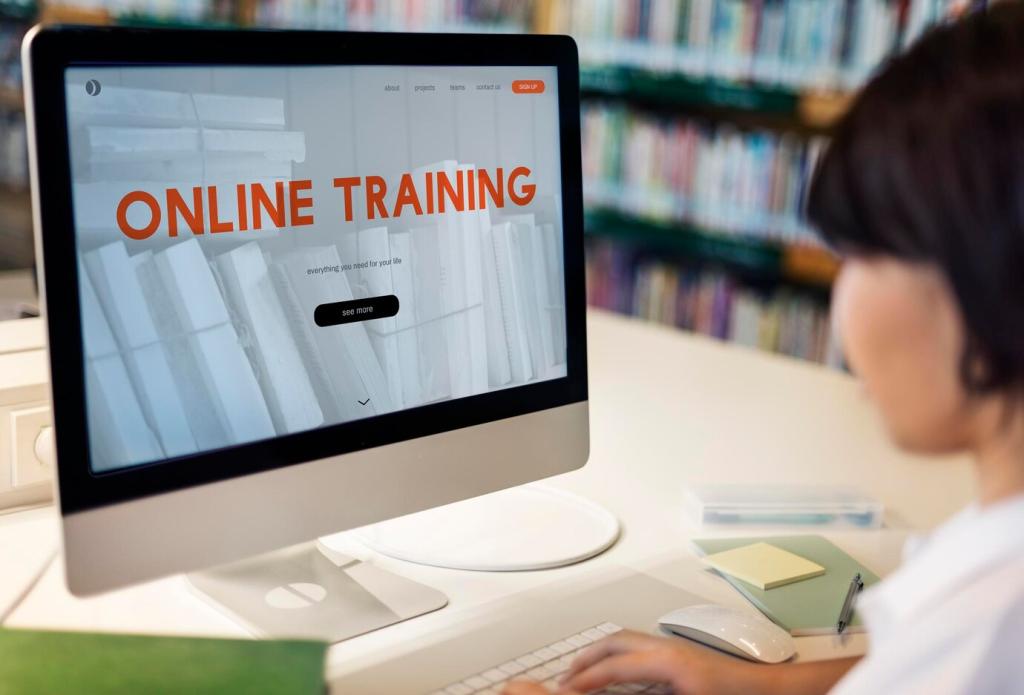Accessibility, User Experience, and Inclusivity
Ask about WCAG 2.1 AA compliance, captions, transcripts, keyboard navigation, color contrast, and screen reader compatibility. Ensure assessments are accessible, not only content. Inclusive design supports focus, confidence, and equal opportunity.
Accessibility, User Experience, and Inclusivity
If you commute, travel, or live with unstable internet, mobile apps, adaptive streaming, downloads, and text-first lessons help. Prioritize platforms that decouple progress tracking from constant connectivity and reduce cognitive friction.










